Risky Business
Let’s try an experiment. I’ll give you a shiny new multi-blade, swivel head safety razor and an old-fashioned straight razor honed to a fine edge. You shave one side of your face (or one leg, depending on your shaving proclivities) with one razor and the other side with the other one. With which razor will you finish more quickly, and which one will you use very carefully and deliberately? According to a study from a Purdue University research team, the same thing applies to our driving habits: the safer we perceive our cars to be, the less carefully we tend to drive them.
There’s no arguing that today’s vehicles are much safer than those built 20 years ago. Seatbelts, ABS, airbags, ESC, traction control and crumple zones all combine to improve your chances of surviving a major accident and reduce your likelihood and severity of injury in any accident. However, Fred Mannering, a Purdue professor of civil engineering, says the same systems designed to protect us from each other may encourage more aggressive driving. They actually increase our chances of being in an accident and, thus, our chances of injury.
This phenomenon, which Mannering refers to as the “offset hypothesis,” results when drivers respond to safety improvements by becoming more careless because they expect the technology to protect them regardless of how they drive.
Mannering and his team analyzed accident data from Washington over a five year period, tracking the same drivers as they moved from cars without airbags and ABS into cars with the safety equipment. He and his team built computer models using accident data and driving records for these drivers. They then calculated the probability of being involved in an accident for drivers of different ages and demographics. Mannering reports, "Our findings suggest that the offset hypothesis is occurring and that it is sufficient to counter the modest technological benefits of airbags and antilock brakes."
National Traffic Safety Administration data seem to support his findings. In their last annual report, they show fatalities per 100 million vehicle miles traveled increased 1.4% and the number of fatal crashes increased by 1.9%– in spite of an increased number of airbag and ABS-equipped vehicles on the road. As further validation of his offset hypothesis, more than half of passenger vehicle occupants killed were not wearing seatbelts or other restraint devices.
Psychologist Dr. Gerald Wilde takes this concept a bit further in his analysis of risky behavior. In his books "Target Risk" and "Target Risk 2," he states that “people alter their behavior in response to the implementation of health and safety measures, but the riskiness of the way they behave will not change, unless those measures are capable of motivating people to alter the amount of risk they are willing to incur.”
Based on this theory of risk homeostasis, Dr. Wilde postulates that safety measures such as airbags don't produce the changes in driving behavior needed to reduce accident rates because they fail to reduce people's willingness to take risk. In fact, the opposite appears to be true– they actually increase willingness to take risk because drivers perceive that the increase in safety margin allows them to behave in a more risky manner.
Of course, the automakers and safety experts– all of whom have a vested interest in convincing the public of the benefits of various safety devices– don’t agree with Mannering’s findings or Wilde’s hypothesis. No wonder: all their research and data is based on measurements of the number of drivers killed or seriously injured– not whether or not the devices have an impact on accident or injury rates. Volvo openly admits that while they’ve done plenty research on injuries and death rates, they’ve never looked into whether aggressive driving increases with the perceived safety level of a vehicle.
Dr. Wilde states the best way to change risky behavior is to reward those who engage in less risky behavior, instead of punishing those who take more risks (i.e. speeding tickets). He cites studies that show industrial accident rates decrease when employers give bonuses or special recognition to those who exhibit safe behavior. Insurance companies do this to some extent by offering lower rates to drivers who have fewer accidents and moving violations.
But why not carry it even further? The government could give tax incentives to those who remain accident free over the year. Drivers not incurring any moving violations over a certain time could be allowed to use the carpool lanes. I’m sure there are other rewards which would encourage less risk-taking on the highway and lower accident rates– if the government was serious about lowering accident rates. In the meantime, though, the best we can do is watch out for the hoons who think they’re impervious to the laws of physics. Airbags may save their lives, but they won’t keep them from running that red light.
More by Frank Williams
Latest Car Reviews
Read moreLatest Product Reviews
Read moreRecent Comments
- Carson D Just don't be the whistleblower who reports on the falsification of safety data. That's a deadly profession.
- Carson D I'd have responded sooner, but my computer locked up and I had to reboot it.
- Todd In Canada Mazda has a 3 year bumper to bumper & 5 year unlimited mileage drivetrain warranty. Mazdas are a DIY dream of high school auto mechanics 101 easy to work on reliable simplicity. IMO the Mazda is way better looking.
- Tane94 Blue Mini, love Minis because it's total custom ordering and the S has the BMW turbo engine.
- AZFelix What could possibly go wrong with putting your life in the robotic hands of precision crafted and expertly programmed machinery?



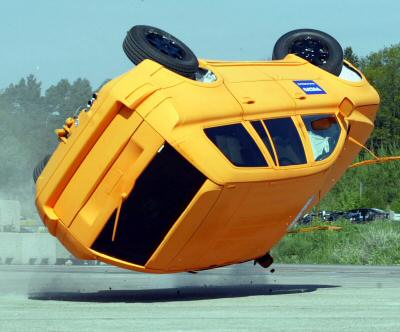













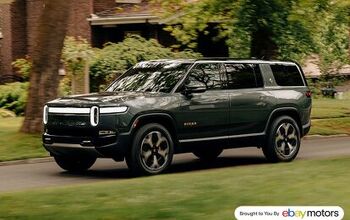

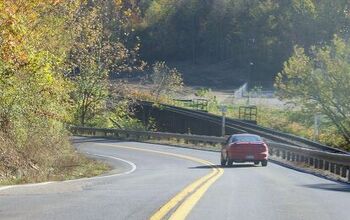
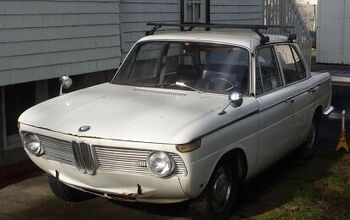

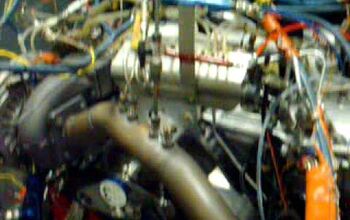
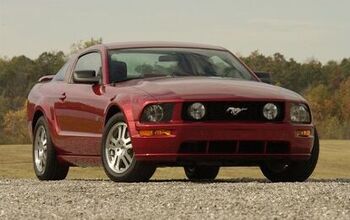
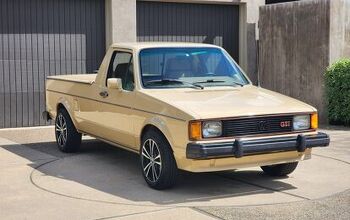
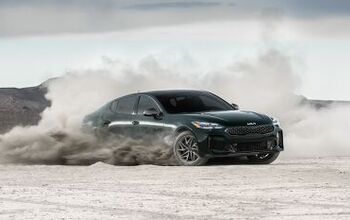
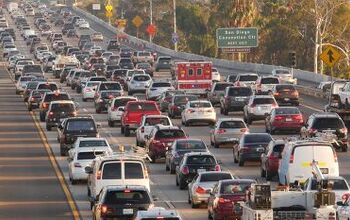
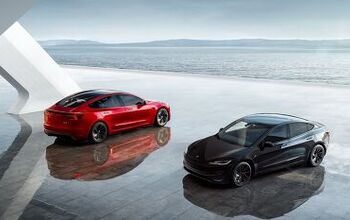
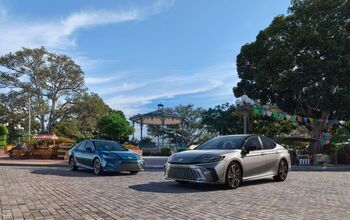
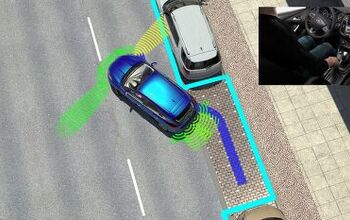
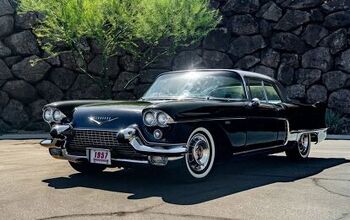
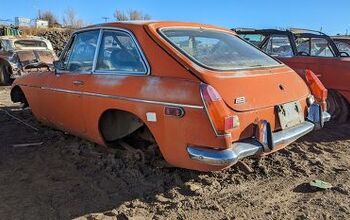


Comments
Join the conversation
Good article. First - the news is not all bad. We have safer cars and worse driving, but the safer cars are winning. Overall death per mile rates have been decreasing for a decades. Example: in same speed crash a new car may have 80% less chance of getting killed. But in pratice the death rate goes down 40%. Overall we're still ahead I guess. I agree that overall a quieter smoother ride increases risk. Driving a 6000 lb SUV down the freeway at 80 mph is whisper quiet, downright boring. But if you have to avoid an accident and turn the wheel, things will get excitng in a hurry.
PAULN - The problem is that now adults drive like teenagers used to.